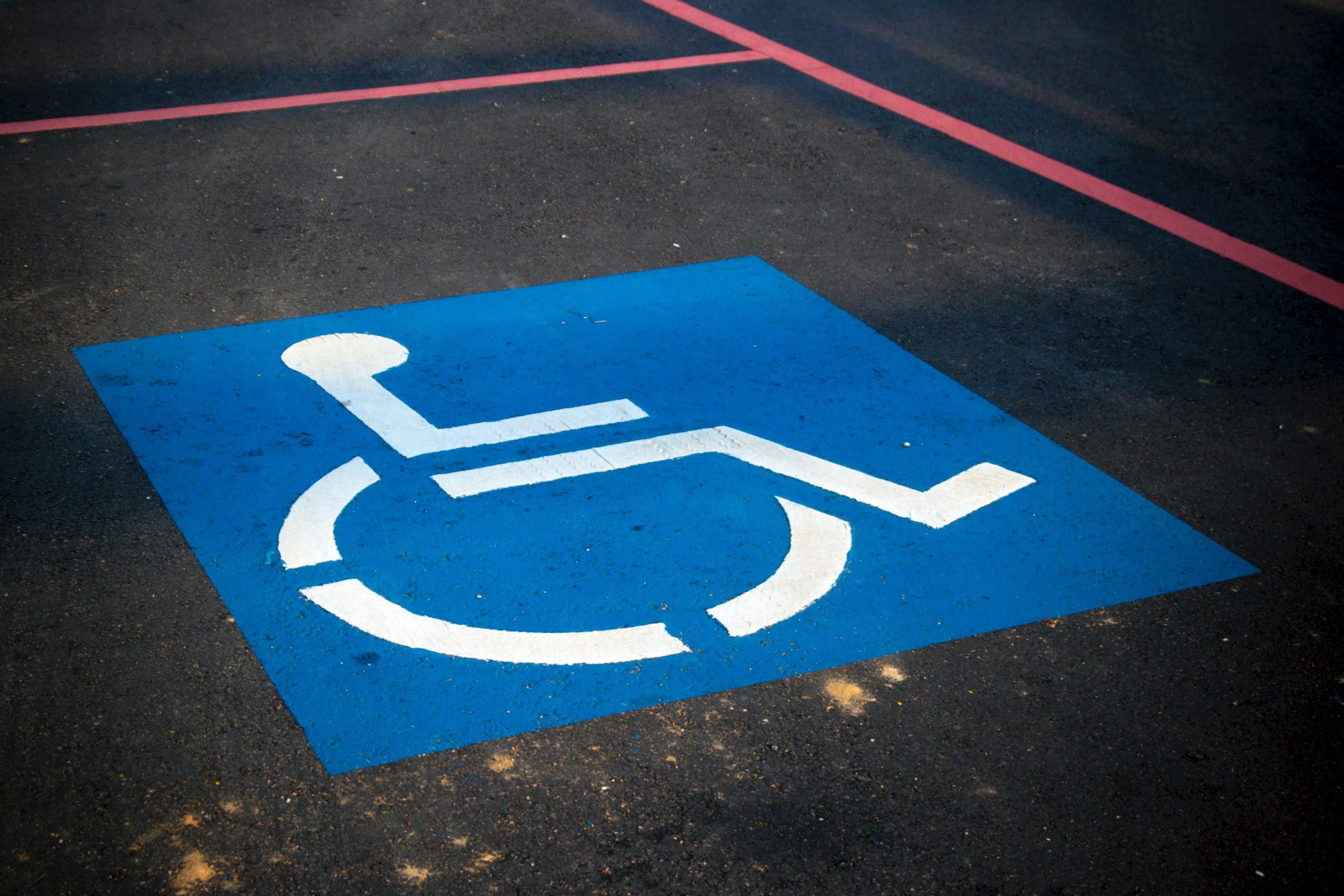Updated February 10, 2021.
Each year, litigation related to the accessibility of websites for people with disabilities continues to increase. Most jurisdictions have determined that websites are places of public accommodation that are subject to the Americans with Disabilities Act (“ADA”). Unfortunately, for some time, the Department of Justice (“DOJ”), tasked with ADA regulation and enforcement, has refused to provide standards for ADA website compliance. In this regulatory vacuum, U.S. courts have taken the lead and often directed businesses to meet Website Content Accessibility Guidelines (“WCAG”) 2.0 Level AA success criteria for ADA website compliance. Against this backdrop, on October 2, 2020, Congressmen Ted Budd (R-NC) and Lou Correa (D-CA) introduced the Online Accessibility Act (the “Act”) in the House of Representatives in an attempt to create a technical standard for ADA website compliance.
What are the key points of the Act?
Breaking Down the Act
The proposed legislation would require all consumer facing websites and mobile applications to be in substantial compliance with WCAG 2.0 Level A and Level AA standards. According to the Act, businesses that are not substantially compliant with these standards may provide alternative means that offer equivalent access to the desired content. Importantly, the proposed legislation would prevent individuals from bringing civil actions until all administrative remedies have been exhausted. If written into law, the administrative process: 1) would require that individuals notify website and mobile application owners that they are non-compliant; 2) would afford website and mobile application owners ninety (90) days to bring their subject websites or mobile applications into compliance; 3) would allow affected individuals to file complaints with the Department of Justice if the websites or mobile applications are not brought into compliance; 4) contemplates that the United States Attorney General would then launch an investigation within 180 days to determine whether a violation exists; and 5) contemplates that if a violation does exist, the United States Attorney General would commence a civil action in any appropriate United States District Court. If the Attorney General is successful in its civil action, the court may grant equitable relief, monetary damages, and civil penalties not to exceed $20,000 for a first violation and $50,000 for any subsequent violation.
ADA Website Compliance
Unfortunately, until the Act, or similar legislation, is passed, there will continue to be a flood of litigation. In this state of regulatory uncertainty, the best way to prevent a lawsuit is to ensure ADA website compliance of WCAG 2.0 Level AA success criteria. In addition, regular audits of company websites and documenting a history of compliance should help prevent/defend against frivolous lawsuits.
If you require assistance with ADA website accessibility compliance for your business, please email us at info@kleinmoynihan.com, or call us at (212) 246-0900.
The material contained herein is provided for informational purposes only and is not legal advice, nor is it a substitute for obtaining legal advice from an attorney. Each situation is unique, and you should not act or rely on any information contained herein without seeking the advice of an experienced attorney.
Attorney Advertising
Photo by AbsolutVision on Unsplash
Related Blog Posts:
Website ADA Lawsuit Filed Against Golden State Warriors




